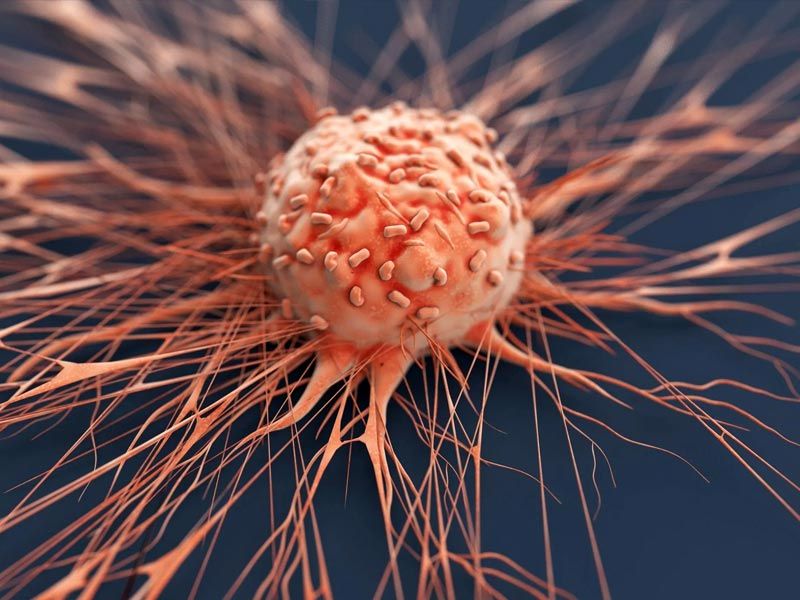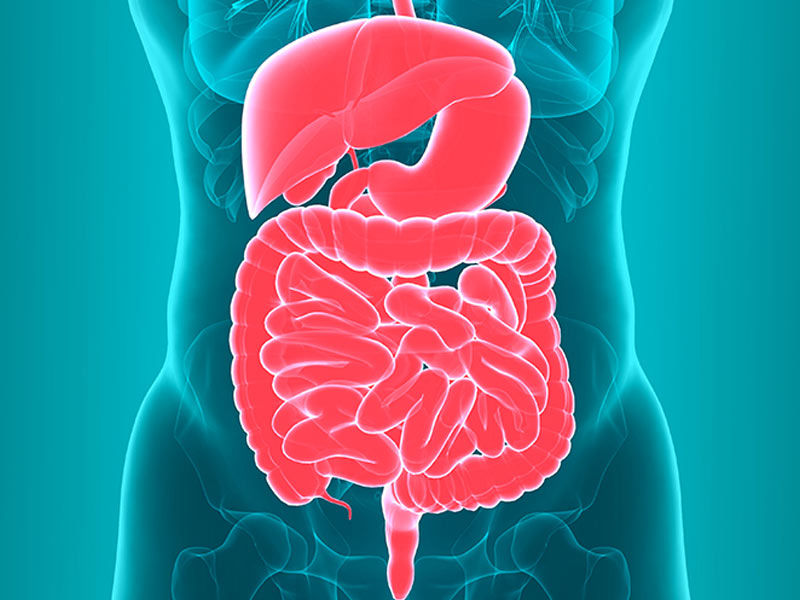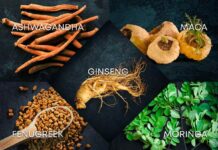Yellow Tea: What Is It?
The refined leaves of the Camellia sinensis plant are used to make yellow tea. Its preparation involves the same steps as green tea, plus the addition of steaming and encasing the drink. As a result, the flavour is smoother than with other teas.
The main goal of producing yellow tea is to retain the health benefits of green tea while eliminating its grassy aroma. There are several varieties of yellow tea available, but the most well-liked ones are:
Heart Health
Like practically all tea varieties, yellow tea has polyphenols. Polyphenols provide a heart disease prevention benefit. They also strengthen the endothelial cells’ antioxidant defence, which further supports heart health.

Additionally, polyphenols have anti-inflammatory qualities that improve heart health and guard against heart conditions linked to inflammation.
Prevent Cancer

The anticancer properties of yellow tea are attributed to its abundance of bioactive compounds. By reducing inflammation and oxidation, these substances lower the risk of cancer.
Tea’s polyphenols may also offer some cancer-prevention benefits. These substances have a beneficial impact on a number of cellular processes in addition to their antioxidant properties.
Helps with Weight Loss

It was discovered that extracts from yellow and green tea considerably lowered body mass index and prevented weight gain. Additionally, the extracts can help obese people feel fuller and burn more calories when they eat.
Also read: Incredible Benefits of drinking lemon water
Enhances mood

Like other teas, yellow tea has an amino acid called L-theanine that helps people unwind and cope with stress. Yellow tea contains L-theanine and a small quantity of caffeine, which may help promote mental clarity and focus.
Promotes gut health

Yellow tea’s tannins and other constituents may have mildly astringent qualities that relieve gastrointestinal problems.

























